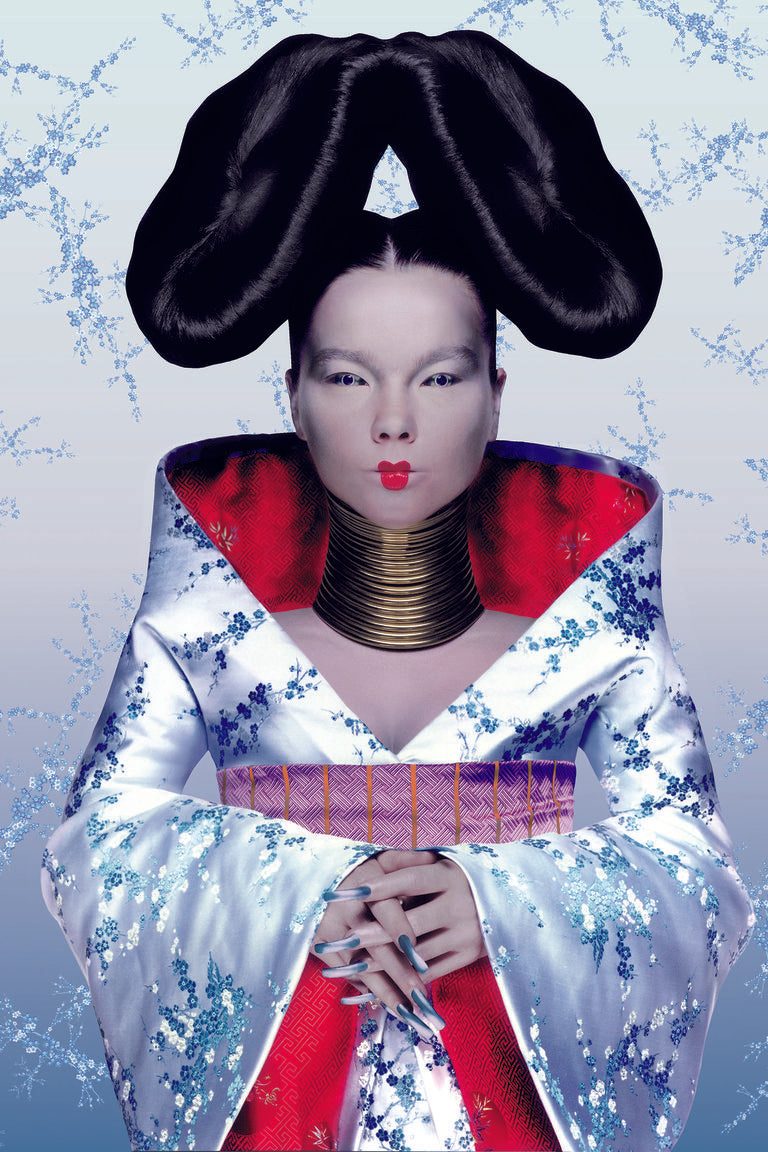
Why the kimono will have a big revival in 2020. Harpers Bazaar.
Share
When it came to planning its next fashion exhibition, the V&A decided it was high time to look beyond the western world for a sartorial icon worthy of veneration. The museum decided upon the perennial kimono, which has served as an enduringly influential piece within the industry for decades - be it Christian Dior's spring/summer 2007 couture collection or the style Alexander McQueen designed for Bjork's famed album, Homogenic.
"The V&A is justly famed for its ground-breaking fashion exhibitions and inevitably these have focussed on fashion in the West," said the V&A's Kimono: Kyoto to Catwalk lead curator Anna Jackson. "This exhibition reveals how fashion has flourished elsewhere in the world. This iconic symbol of Japanese culture is usually viewed as a traditional, unchanging costume, but we aim to counter this assumption and reveal that kimono have always been highly fashionable garments. We will also document how kimono fashion has been translated across cultural and geographic boundaries since the 17th century, and has had a major impact on global dress styles."

The kimono is made up of two words, 'ki' which means 'wearing' - specifically on the upper body - and 'mono', which means 'thing'. Although it's synonymous with the history of Japan, the kimono has more recently been reinvented by the country's younger generations, in part thanks to its unisex, gender fluid style, giving the V&A added reason to bring this timeless piece to the fore.
"A new wave of designers are making garments to appeal to a younger generation," she adds. "These are generally easy-to wear informal garments often with witty or even subversive patterns."
"Young kimono-wearers in Japan today see the garment as something fun and fashionable again, rather than traditional," says Jackson. "As a garment that can be styled in different ways, they're also adopting it to counter ever-changing fast fashion and the uniformity of global fashion. Interestingly, men’s kimono is having a real resurgence, with the gender neutrality of kimono also being significant globally today.
"The young are adopting the kimono to counter ever-changing fast fashion and the uniformity of global fashion"
The kimono has been used as a complex symbol of wealth, status and style since the 1700s, when the rising affluence of the merchant classes sparked a rise in their production. Colour, pattern and technique indicate wealth, gender, cultural sensitivities and, of course taste. "They demanded the latest styles and emulated the fashions of famous actors and courtesans – a bit like celebrity culture of today," says Jackson.
The influence of the kimono on western fashion began at the start of the 20th-century when highly structured, tightly corseted designs were abandoned in favour of straight seams and fabric that draped from the shoulders. It offers an alternative to the western focus on cut and construction and also the idea that the body should be emphasised or suppressed. The kimono does the opposite - it is less about the human body and more about the flat surface of the piece.
Jackson says that the impact of the kimono on today's designers is far-reaching. Dynamic, ever-changing and versatile, it's no surprise that it still serves as such inspiration to the fashion world. "For some it's the way the fabric drapes elegantly from the shoulders that is significant," she says. "For others, it's the sashed waist, the way kimono wrap around the body, or even the details - such as the way the garment sits back from the neck. The kimono can also represent something exotic yet also familiar, traditional and timeless yet also avant-garde."
Read more on Harpers Bazaar
Kimono: Kyoto to Catwalk opens at the V&A on 29 February 2020.
